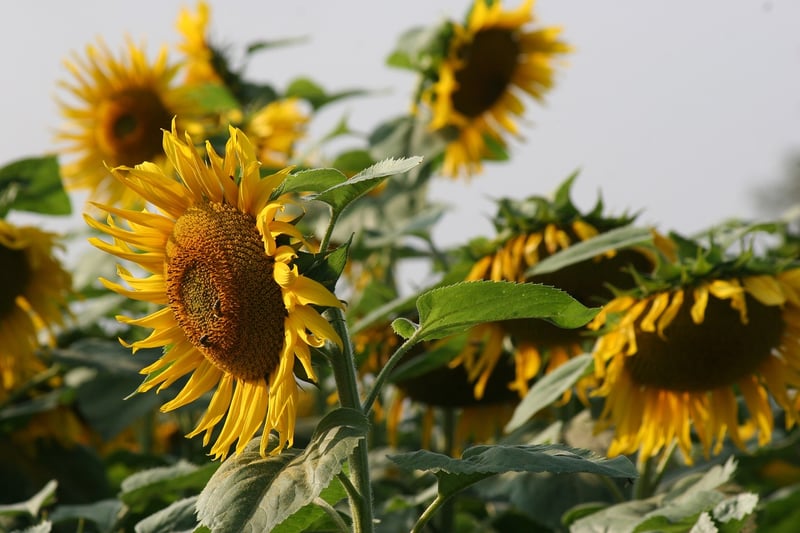FAQs
Connect with Other Gardeners: FAQs
Joining a Gardening Community
Are you a passionate gardener looking to connect with like-minded individuals? Joining a gardening community can be a great way to share your love for plants, exchange tips and tricks, and learn from experienced gardeners. Here are some frequently asked questions about connecting with other gardeners:
1. How can I find a local gardening club or community?
One of the easiest ways to find a local gardening club or community is to search online. Websites like Gardeners' World or American Horticultural Society often have directories of gardening clubs by location. You can also check social media platforms like Facebook or Meetup for gardening groups in your area.
2. What are the benefits of joining a gardening community?
Joining a gardening community can provide you with a wealth of benefits, including:
- Sharing knowledge and expertise
- Access to a supportive network
- Opportunities to participate in garden tours and events
- Swapping plants, seeds, and cuttings
- Building lasting friendships with fellow gardeners
Gardening FAQs
1. When is the best time to plant tomatoes?
The best time to plant tomatoes depends on your location and climate. In general, tomatoes are usually planted in the spring after the last frost date. You can start seeds indoors a few weeks before the last frost or plant seedlings directly in the ground after the danger of frost has passed.
2. How often should I water my plants?
The frequency of watering plants depends on several factors, including the type of plant, soil type, weather conditions, and season. As a general rule, most plants require deep, infrequent watering rather than frequent shallow watering. It's essential to monitor the moisture level of the soil and adjust your watering schedule accordingly.
3. What are some beginner-friendly plants for a small garden?
If you're new to gardening and have a small space, consider starting with easy-to-grow plants like herbs (such as basil, mint, and parsley), cherry tomatoes, zinnias, or succulents. These plants are relatively low-maintenance and can thrive in containers or small garden beds.
4. How can I attract pollinators to my garden?
To attract pollinators like bees, butterflies, and hummingbirds to your garden, consider planting nectar-rich flowers such as lavender, sunflowers, coneflowers, and bee balm. Providing a water source, avoiding pesticides, and creating habitat diversity can also help attract and support pollinators in your garden.

Whether you're a seasoned gardener or just starting out, connecting with other gardeners can enhance your gardening experience and knowledge. Joining a gardening community and participating in discussions, workshops, and events can inspire you to create a thriving garden and make lasting connections with fellow plant enthusiasts.
